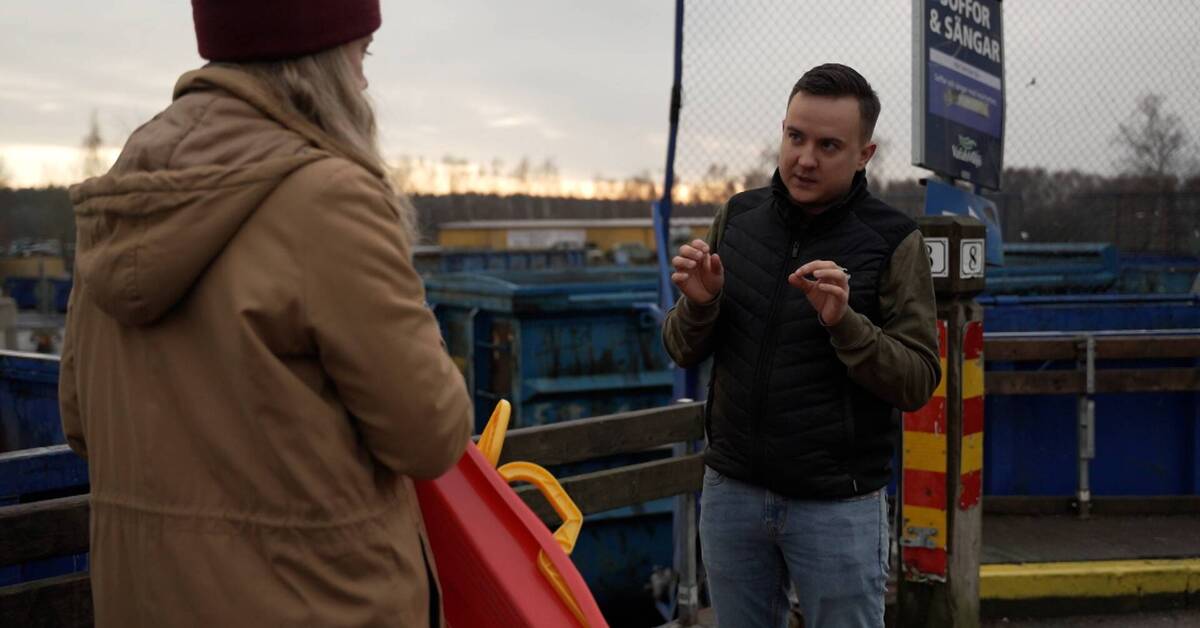Plastic garden furniture, old toothbrushes and children's broken plastic toys are things that could become new plastic.
But it is only 101 of Sweden's municipalities that have some type of plastic material recycling.
The rest of the municipalities burn the plastic, according to a survey from Waste Sweden from 2021 where 270 out of 290 municipalities responded.
- We cannot recycle most of the plastic we collect.
It is often the wrong type of plastic, which cannot be recycled.
We have to make sure that the plastic we collect actually circulates in a better way than it does today, says Jon Nilsson-Djerf, adviser in material recycling at Waste Sweden.
"Not sustainable"
We burn a lot of plastic in Sweden.
1.1 million tonnes, according to the Swedish Environmental Protection Agency's latest calculations.
This means large amounts of emissions of greenhouse gases.
Combustion of plastic causes emissions of 2.9 million tonnes of carbon dioxide equivalents, corresponding to 8 percent of Sweden's total carbon dioxide emissions, according to the Swedish Environmental Protection Agency.
- There are two big problems.
One is that it causes large greenhouse gas emissions, which we said we should reduce to zero.
The second is that it is a symbol of our material consumption in general.
It is not sustainable, says Åsa Stenmarck, material flow expert at the Swedish Environmental Protection Agency.
More expensive to recycle
Only around 10 percent of all plastic that is thrown away in Sweden is recycled into new plastic, the rest is burned up in district and cogeneration plants and becomes energy.
Even the 101 municipalities that have material recycling of plastic are forced to incinerate a large part of the plastic, because recycling today is too difficult.
- Few actors can accept recycled plastic, it's long transports and it's expensive, says Jon Nilsson-Djerf at Avfall Sweden.
Today, there are hundreds of different types of plastic that cannot be mixed, which makes recycling difficult.
It can be more expensive for municipalities that send the plastic for recycling than for those who burn it.
- We think that you have to design products so that they can be recycled, says Jon Nilsson-Djerf.

